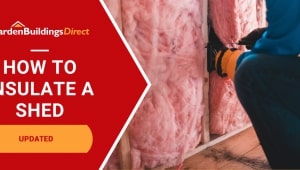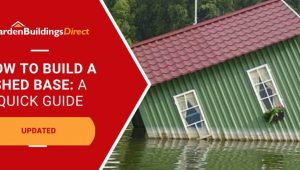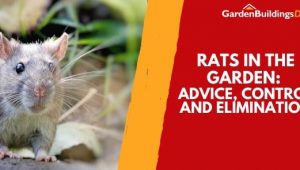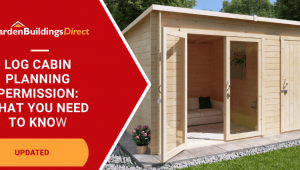Jump to:
Thinking about setting up a hydroponic greenhouse?
It’s a growing technique that skips the soil and uses water and nutrients instead. You’ll often see it used in setups where space is limited or faster growth is needed. This guide breaks down the basics and gives you a simple plan to get started.
What Is Hydroponic Gardening?
Hydroponic gardening is growing plants by delivering nutrients through water to their roots. Unlike traditional methods that rely on soil, the roots are suspended. The setup might sound a bit complicated, but here’s what it looks like:
FYI: it does work!
This allows crops to thrive with minimal competition. Meaning their roots aren’t jostling with weeds or other plants for space and food.
Hydroponics are done in a controlled environment, like in a greenhouse, and there’s more than one way to go about it:
- Nutrient Film Technique (NFT): A constant flow of nutrient solution runs over the roots.
- Deep Water Culture (DWC): The roots sit in oxygenated water full of nutrients.
- Ebb and Flow: The roots get soaked with nutrients every so often, then drained. It gives more control over how much water and oxygen the plants get.
That said, it’s not without its challenges. The initial setup can cost quite a bit, and regular monitoring is needed. But if it’s done right, the benefits are promising.
The Benefits of Growing in a Hydroponic Greenhouse
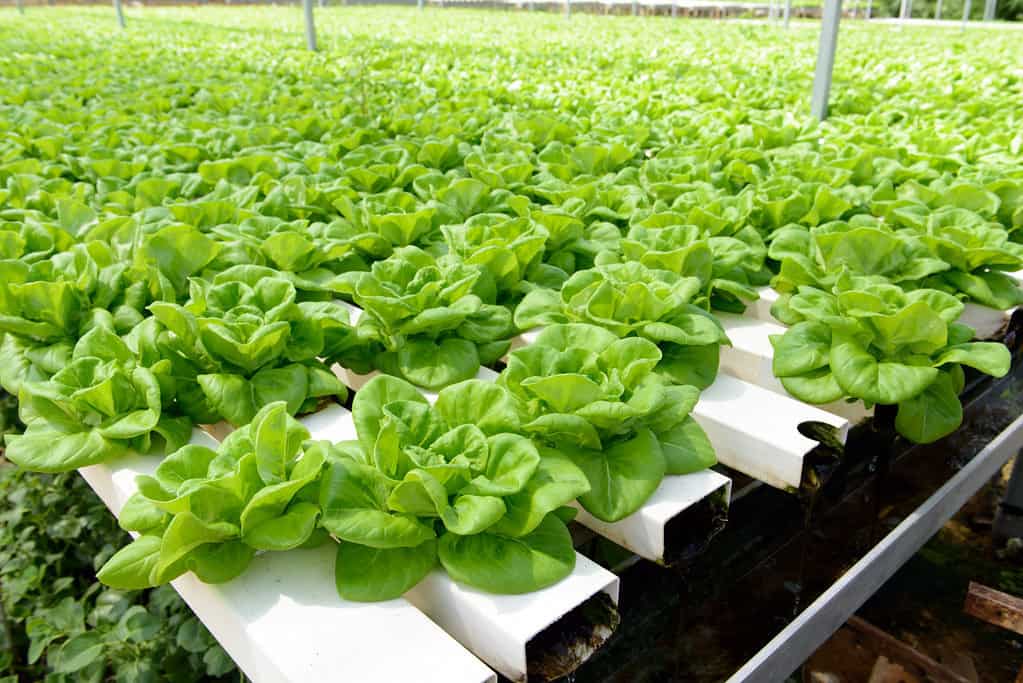
Among these are that you’ll use less water, save space, and year-round growing with faster plant growth. Here’s the explanation from our experts:
Cuts down on water use
Wait, if hydroponics utilises water, how does it help save it? Simple: the system recycles it, so less goes to waste.
In soil gardening, much water runs off, evaporates, or sinks too deep for the roots to reach. But in hydroponic setups:
- The water is contained and moves through a closed loop.
- Plants absorb exactly what they need; the rest stays in the system.
- There’s less evaporation, especially in greenhouse environments.
So even though hydroponics is water-based, it’s more efficient. You’re not constantly topping it up like you would in soil, where water drains away. You get better control and use far less in the long run.
More growth in less space
Since the roots dangle in a soil-less medium, they take up less room. For instance, rows of plants sit on raised trays or pipes, raised off the ground. They can be stacked on top of each other, so you can grow more plants in less space. This, in return, gives you a higher yield per square metre.
That’s why it’s popular with gardeners who have small greenhouses, urban spaces, or even balconies.
Faster harvest throughout the year
No more waiting for soil conditions or weather; hydroponic gardening gives you the right amount of nutrients and water consistently. The regulated setting also chips in with this, from the temperature and light to feeding.
You’re not limited by seasons or bad weather either. Provided the greenhouse conditions are right, plants can grow continuously without seasonal breaks. Overall, you get fresh produce quicker and more often.
How to Set Up Hydroponics in a Greenhouse
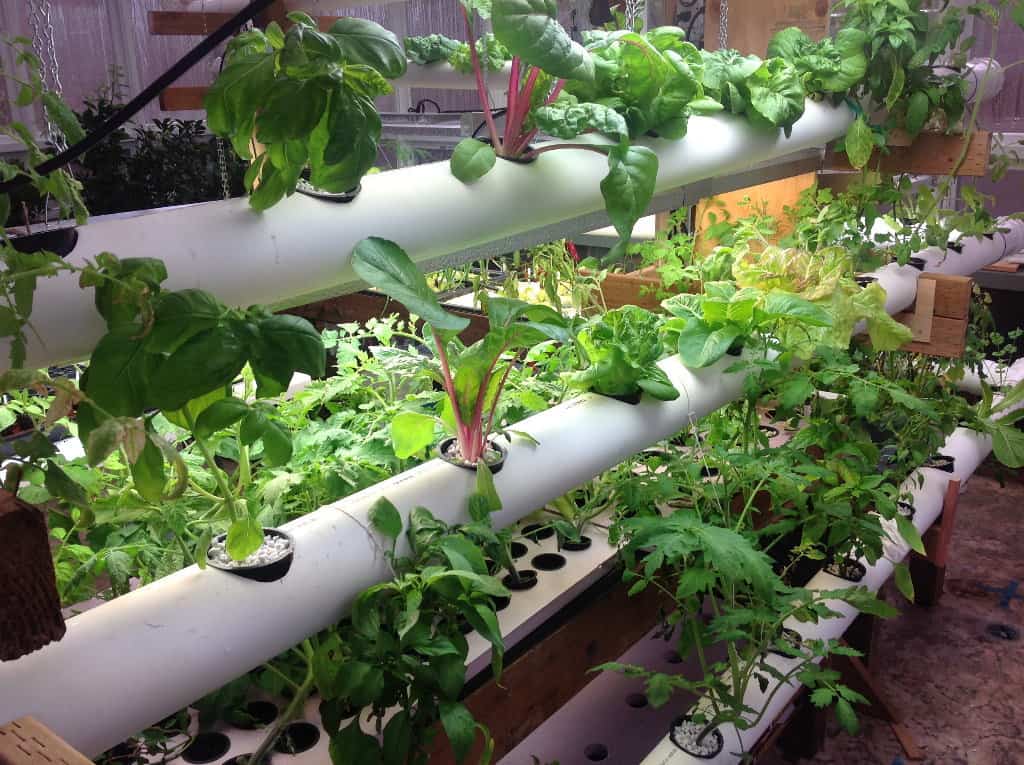
Setting up a hydroponic system in your greenhouse isn’t too complicated once you know the basics:
1. Pick a system that suits your space and plants
Consider the space you’ve got, what you’re growing, and how hands-on you want to be. NFT is suitable for leafy greens, DWC works well with water-loving plants, or Ebb and Flow for mixed crops.
2. Sort out the reservoir
You’ll need a container to hold your nutrient mix; about a gallon per plant is a good rule. Go for something non-toxic and dark-coloured to stop algae. Place it where you can clean and refill it with ease.
3. Fit the water pump and tubing
Get a pump strong enough to move water around your system. Connect everything with sturdy tubing and check for leaks. Lay the tubing out neatly so water flows smoothly without any blockages.
4. Set up growing trays or channels
Arrange your trays to make the best use of space while still giving each plant enough room. Ensure the layout allows light and nutrients to evenly reach all the plants. A staggered layout can help.
5. Add the growing medium and transplant your plants
Fill net pots with something like rock wool, perlite, or coir. Transplant seedlings (not seeds) so you get a head start. Support the roots to stay in place and access the water below.
6. Manage lighting (if needed)
Use grow lights, like LEDs, and position them close enough without burning the plants. Timers help keep the light cycle steady. This is optional, but it’s especially handy if your greenhouse doesn’t get much sunlight.
For temperature and humidity, use a fan or a climate controller. This will help keep conditions stable inside your plant house.
Other considerations
- Growing medium: Choose from rock wool, clay pebbles, or coconut coir. Such options are crucial for supporting plant roots.
- Nutrient solutions: A balanced mix of essential nutrients for plant growth.
- Water filtration system: To ensure clean water for your plants.
- Climate control equipment: Consider ventilation fans, heaters, and humidifiers/dehumidifiers. They help maintain optimal growing conditions.
- Monitoring tools: pH and EC metres to monitor nutrient solution quality. Meanwhile, thermometers are used for temperature control.
Selecting Plants and Nutrients
Choosing the right plants for your hydroponic greenhouse is crucial for success. Ideal candidates are those that 1.) thrive in a controlled environment and 2.) benefit from a consistent supply of nutrients and water.
Leafy greens like lettuce, spinach, and kale are excellent starters. They’re fast-growing and only need minimal space. The same goes for herbs like basil, mint, and coriander.
For more advanced growers, vegetables like tomatoes, peppers, and cucumbers can be rewarding. They do need more attention and space, though. It might be worth avoiding root vegetables if you don’t have the capacity to tend to them often.
Understanding and mixing hydroponic nutrients is another key part of the process. Nutrients come in liquid or powder form and must be mixed with water. They usually contain essential elements like nitrogen, phosphorus, potassium, calcium, and magnesium.
Follow the instructions for mixing ratios and adjust based on the plant’s growth stages.
Maintenance and Troubleshooting
Maintaining a hydroponic greenhouse requires consistent attention.
Weekly: clean filters, check for pests or diseases and prune plants as needed. Monthly: general cleaning of the system, replacing nutrient solutions, and inspecting all equipment.
Common issues in hydroponic greenhouses include nutrient deficiencies. If overlooked, this can lead to poor plant growth or disease. Regularly test and adjust your nutrient solution to avoid this.
Algae growth can be combated by keeping the nutrient reservoir covered and light-proof. Pests and diseases require immediate attention, too. Use sticky traps to monitor flying insects, and keep the area clean to avoid infestations. Neem oil or insecticidal soap works.
On the hunt for the right greenhouse for hydroponics? Shop our range today, with options including metal, polycarbonate, and wooden greenhouses.
Up next on your reading list: Greenhouse Gardening Beginner Tips
